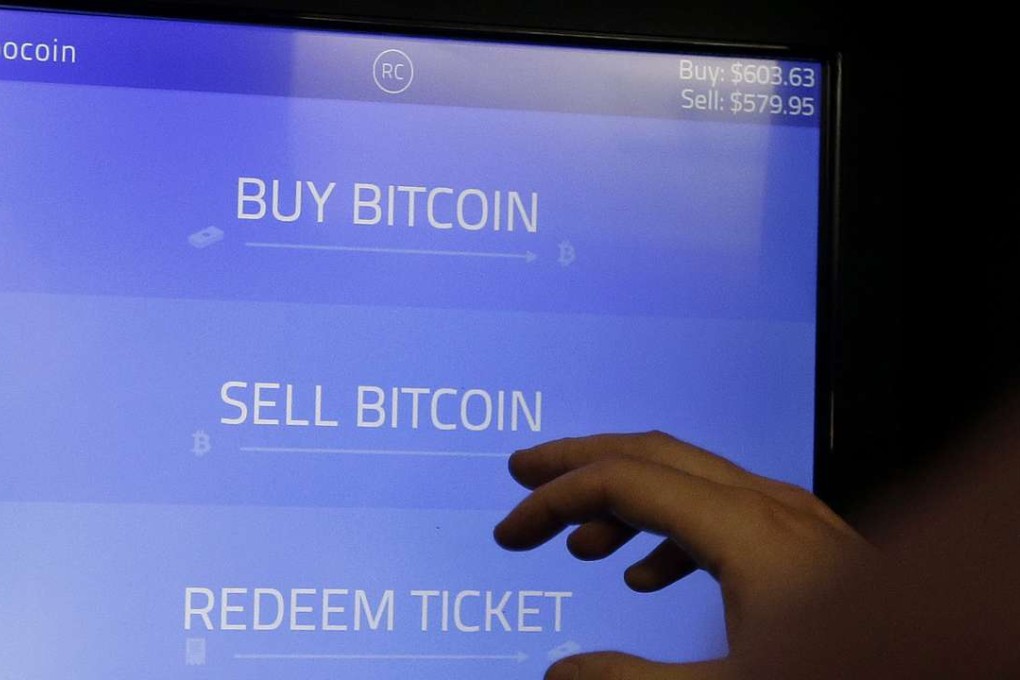The View | Could someone please explain to me how blockchain works in the real world?

When a new invention is promised, it is either an absolute breakthrough or absolutely overrated. The investors are either in the early stages of a miracle or the late stages of an investment bubble chasing a mirage.
Blockchain promises salvation for the financial sector in the form of major back office cost savings across a whole range of activities. It’s supposed to be a miracle in the making that could restore profitability to banks. Now if only someone could clearly explain to me how it works in the real world rather than on a presentation deck.
Today’s post-financial-crisis infrastructure and process has required that everything from opening a bank deposit to trading securities carries substantial costs for identity checking, transaction authenticating, reliably and accurately transacting, and securely storing records. These activities seek to resolve problems of trust, fraud, and error.
Substantial amounts of capital and collateral are also locked within the entire financial system. They act as a buffer against the failure of trust and confidence in undesirable outcomes. Today, the costly structure of managing financial risk makes the economics of small-sized transactions expensive, unaffordable and inaccessible – especially to low-income members of the society.
Blockchain is a revolutionary concept. It is supposed to solve all the challenges of trust, asymmetry of information and the unscalable economics of small transactions by obviating cumbersome risk infrastructure and central intermediaries.
